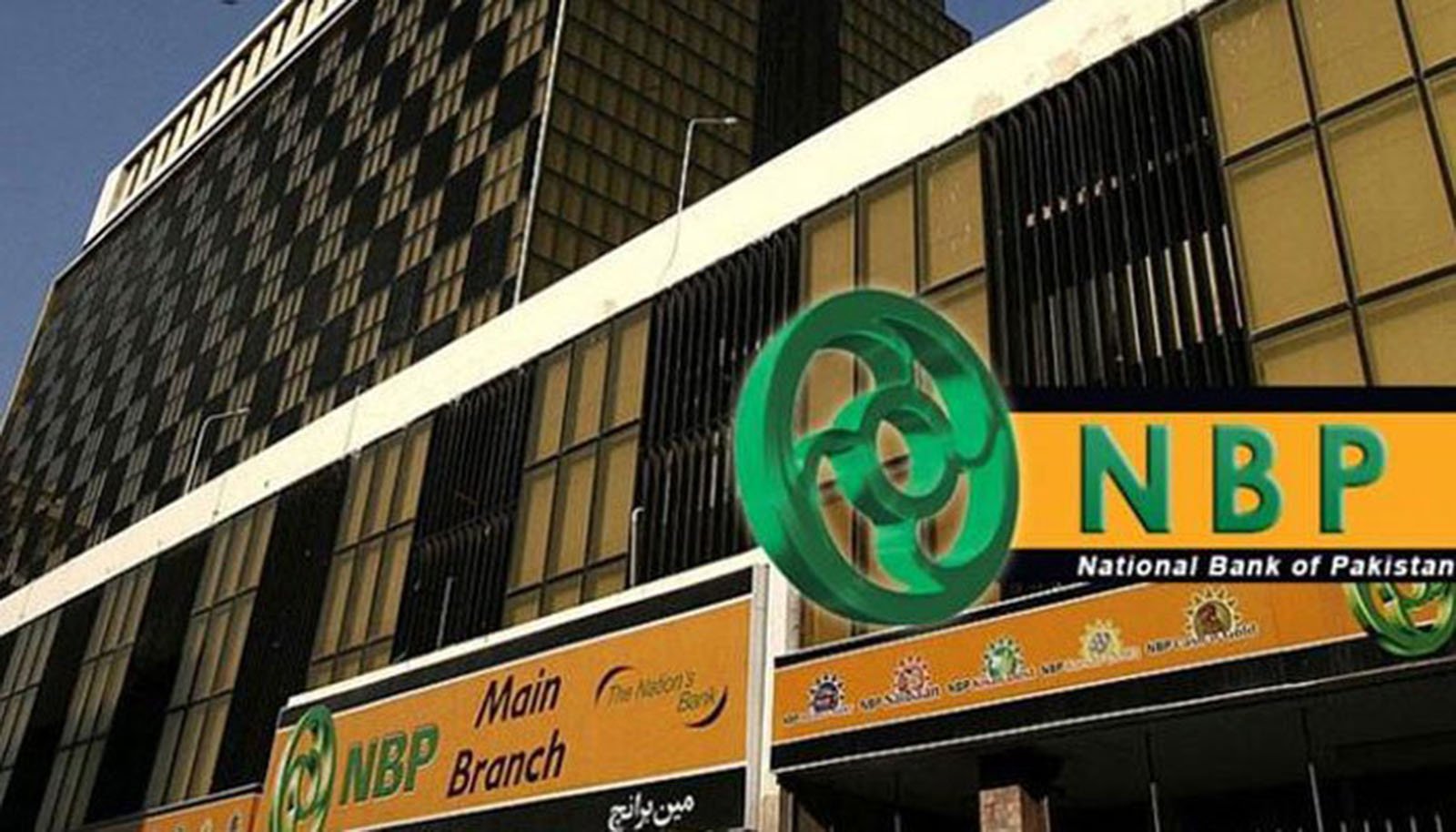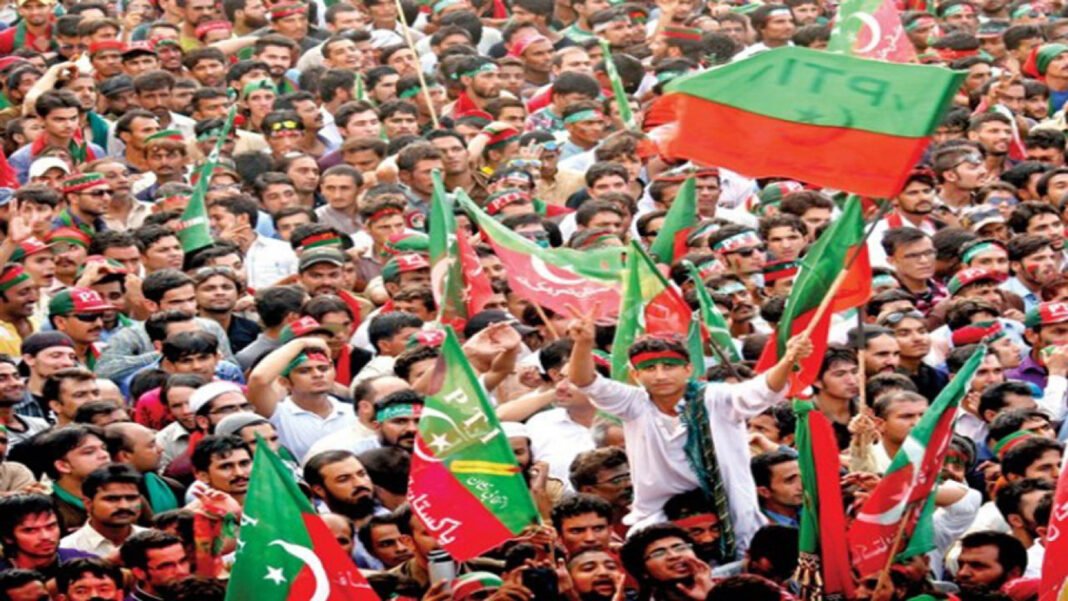A detailed inquiry into the financial operations of Hascol Petroleum Limited (HPL) has uncovered a sophisticated and deliberate scheme of corporate fraud, banking malpractice, and executive collusion that spanned several years and implicated multiple financial institutions and senior figures in both the corporate and banking sectors. At the heart of this scandal lies an intricate web of defaulted loans, fictitious transactions, inflated assets, and orchestrated over-invoicing, pointing to systemic corruption and regulatory failures.
As of October 31, 2021, HPL had accumulated total credit facilities amounting to Rs. 54.344 billion, comprising Rs. 40.111 billion in short-term and Rs. 14.233 billion in long-term exposures spread across 22 banks and financial institutions. The National Bank of Pakistan (NBP) had the highest exposure at Rs. 18.809 billion, accounting for nearly 35% of the total. Other major creditors included Habib Bank Limited with Rs. 5.299 billion and Meezan Bank with Rs. 4.07 billion. Most of these facilities have since fallen into default, with little chance of recovery under normal banking procedures.
HPL’s banking relationship began in 2009 with Summit Bank, which served as its primary financier until the company began engaging with NBP in 2014. Under then-president Syed Iqbal Ahmed Ashraf, NBP sanctioned an initial Rs. 2 billion letter of credit (LC) facility for HPL, a deal reportedly facilitated by Reema Athar, who had transferred from the Pak-Iran Investment Company. Within just 18 months, NBP’s exposure to HPL grew to Rs. 5 billion. The pace of credit facility expansion only increased under the leadership of Saeed Ahmed, who took over as NBP president in March 2017. By November 2018, NBP’s exposure had surged by over 313%, reaching Rs. 15.65 billion. Additionally, HPL had guaranteed Rs. 4 billion worth of facilities for its subsidiary, Hascol Terminals Limited (HTL). Just days before Arif Usmani’s appointment as NBP chairman in October 2018, the bank further increased its LC facility by Rs. 6 billion, bringing the total sanctioned limit to Rs. 21.65 billion. Investigators allege that both Ashraf and Ahmed abused their official positions to facilitate these loans without proper due diligence.
A central component of the fraud involved the misuse of NBP’s LC facility for transactions with BYCO Petroleum Pakistan Limited (now Cnergyico Pk Ltd). Beginning in October 2015, BYCO opened LCs in favor of HPL without any underlying physical trade. The transactions were based on forged documentation and were executed as part of a circular money flow between the two companies, with mutual financial benefit. NBP alone processed 362 of these fake LCs, totaling Rs. 207.71 billion. Industry-wide, the scale of such fraudulent activity reached Rs. 540.58 billion, involving other institutions like Bank of Punjab, Silk Bank, Meezan Bank, and MCB.
The investigation also uncovered the use of intermediaries to facilitate bribery. Cheques amounting to Rs. 117 million were issued to individuals and companies connected to Tahir Ali, a known middleman, without any legal contracts or documentation. These payments were believed to be bribes paid to bank officials to secure and maintain the irregular facilities. These middlemen are currently the subject of ongoing investigations.
One of the more egregious aspects of the scandal was the creation of fake purchase orders amounting to Rs. 7.49 billion, backdated in HPL’s enterprise resource planning (ERP) system. These were used to fabricate the existence of fixed assets. A breakdown of this figure shows that Rs. 4.77 billion represented discounting charges from the non-existent LCs with BYCO, while Rs. 2.72 billion was used to hide foreign exchange and trade losses from earlier years. These fictitious assets were then used as collateral for new credit facilities. In 2020, a syndicated term finance facility worth Rs. 13.40 billion, led by NBP, was approved based on this inflated asset base. Senior executives, including CFO Mohammad Ali Haroon and CEO Aqeel Ahmed Khan, are alleged to have approved these falsifications under instructions from Farid Arshad Masood, a nominee director of Vitol Dubai Limited (VDL), which held a 40% stake in HPL.
Further financial discrepancies emerged in the form of over-invoicing related to fuel imports from Vitol Dubai Limited. An examination of 151 petrol and diesel cargoes from 2018 to 2020 revealed that HPL was charged over US$3 million above fair market value and agreed to pay more than US$4 million in interest. These figures were verified using Pakistan Customs import data, international price indices, and HPL’s own landed cost records. The over-invoicing artificially inflated HPL’s liabilities and facilitated unjustified capital outflows, further burdening its financial position.
The establishment of Hascol Terminals Limited in 2016 proved to be another costly misstep. Initially, HPL held a 62.5% stake while Mumtaz Hassan Khan held the remaining 37.5%. In 2017, Khan sold his shares to VTTI B.V. for US$5.43 million. The company signed a storage agreement in 2018, later amended in 2020 to include a “take-or-pay” clause that obligated HPL to pay Rs. 2.188 billion annually for seven years regardless of actual storage use. This agreement, funded in part by a Rs. 4 billion NBP loan, led to a dramatic rise in storage costs—from Rs. 286 per tonne in 2018 to Rs. 2,189 in 2019—even as HPL’s fuel sales volume declined sharply.
The inquiry concluded that the issues at HPL were not the result of mere incompetence or structural weakness, but rather a deeply rooted conspiracy involving deliberate deception, forged documentation, and systemic collusion between corporate executives and banking officials. The evidence points to coordinated efforts at multiple levels to manipulate financial data, siphon funds, and misrepresent the company’s financial health, placing not just HPL but also key financial institutions at substantial risk. Regulatory and legal consequences are likely to follow as further investigations unfold.


